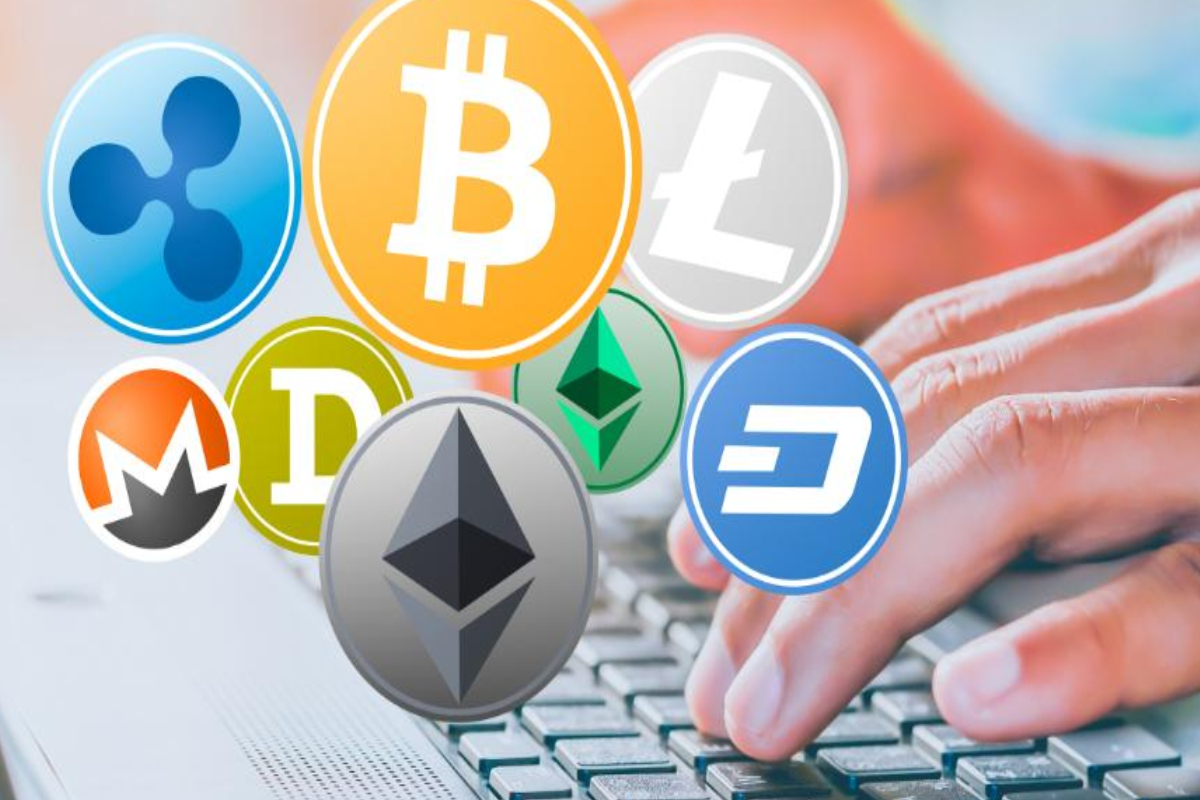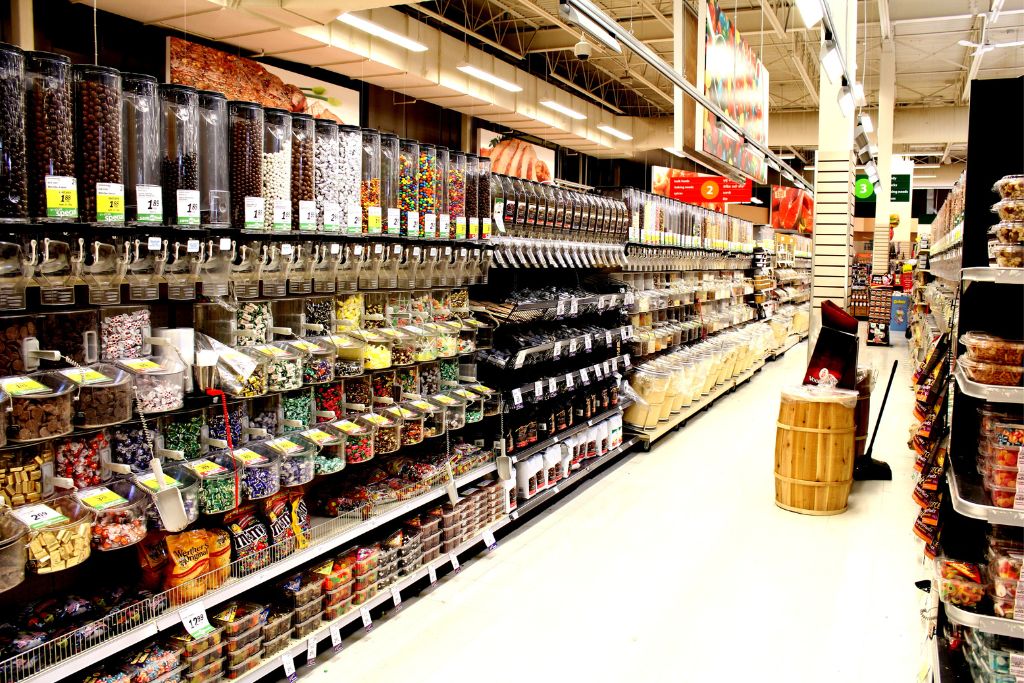With customers shopping in shopping centers, online, via mobile apps, through catalogs, telesales, and text messaging sales, brands need to ensure consistency in experience across channels. This can be difficult when DTC brands sell directly to consumers. John Crossick, Managing Director of Thomas Sabo, features in a new ITN Productions film which premiered at the BRC Retail 2020 event on 16 May. Watch it here.

China’s Tech-Driven Retail Revolution
China’s tech giants are revolutionizing retail with new data-based business models. They have a deeper impact on the sector’s ecosystem than the more visible new business formats or M&A.
For example, Alibaba’s facial recognition technology is enabling shoppers to pay for items by scanning their faces at the store’s point-of-sale terminals. This is just one small piece of the company’s “new retail” strategy that goes beyond e-commerce to create a full-fledged retail experience for consumers.

Other tech companies are taking a different approach to retail, leveraging their in-depth understanding of consumer behavior and habits to drive brand loyalty. These digitally native brands are unencumbered by marketing rationale and often pursue brand collaborations that may seem too bold or quirky for a traditional retailer. These partnerships can help them acquire, build, and retain customer loyalty at scale. As a result, these players are becoming the leading force behind China’s retail revolution. They are transforming the country’s existing retail model and creating a whole new one from scratch.
The Future of Retail Technology
One of the most important retail technology trends this year will be the development of solutions to streamline customer service. This could be a new, faster payment system like contactless scanning or facial recognition (which is already being used in some stores) that reduces checkout times and security risks.
Another area of innovation will be in omnichannel capabilities, with the aim being to provide an integrated experience across physical and digital platforms. This will be supported by chatbots that can conduct natural conversations with customers, answer questions, recommend items, and even process payments.

For small businesses, this will mean better use of point-of-sale systems to order products based on consumer demand. It will also involve intelligent supply chain planning that combines customer data with forecasts of seasonality, buying habits, and inventory levels. This will allow retailers to optimize operations and improve profit margins by reducing waste and unnecessary expenditures. The result will be a more personalized shopping experience that will attract shoppers and keep them coming back.
The Rise of Direct-to-Consumer B
E-commerce is the buying and selling of goods and services over the Internet. It can be conducted by businesses or consumers and covers a wide range of product categories. Some of the most popular e-commerce products include books, music, plane tickets, and financial services such as stock investing and online banking.
Consumer-to-consumer (C2C) e-commerce is a subset of e-commerce that involves sales between individual consumers. This is often facilitated by subscription-based models like Netflix and Dollar Shave Club, but can also be found in many other areas including meal prep, agriculture, fashion, and health and grooming.

This trend has seen some major retailers rethink their physical store strategies. For example, skincare brand Glossier has opened pop-up stores across the US despite already being an established online retailer. Meanwhile, DNVBs such as Brooklinen are showing that luxury bedding brands don’t need to be housed in massive department stores. As bricks and mortar retail reopens, customers will be looking for new experiences that offer both convenience and value.
Final Words
Retailers have long been an important part of the economies of many countries, but as e-commerce takes off, they are becoming ever more important. In fact, according to a study by Markets and Markets, 72% of global retail sales will take place online by 2020. This shift is especially pronounced in developing countries, where the percentage of retail sales that comes from online sources has increased from around 30% in 2009 to over 50%.

In addition to the convenience and lower costs associated with e-commerce, there is also the opportunity for companies to reach a larger audience with less effort and less time. For example, Amazon.com was able to grow its customer base beyond Walmart by offering free returns and other incentives. In addition, Amazon has developed its own capabilities to make it easier for customers to find what they’re looking for. For example, Amazon now allows users to search for products by price, authoring reviews if desired (something Walmart did not offer.
Cryptocurrency advancements are vital as retail evolves. “Cryptocurrency Update – Navigating the World of Bitcoin and Altcoins” offers insights into this digital financial world. Cryptocurrency can transform retail by delivering secure, decentralized online payments. Understanding cryptocurrency is crucial as e-commerce and direct-to-consumer (DTC) enterprises change retail. Businesses may modify their payment methods, improve customer experiences, and lead the digital retail revolution by following digital currency trends.










Recent Comments